Table of Contents
Marinating Chicken Legs, Thighs or other pieces for Baking or Grilling
Chicken leg quarters (comprising the leg and thigh) are a budget-friendly protein option, often available at attractive prices ranging from $0.99 to $1.49 with coupons or special deals.
This guide will walk you through preparing and marinating chicken leg quarters for delicious baked or grilled meals.
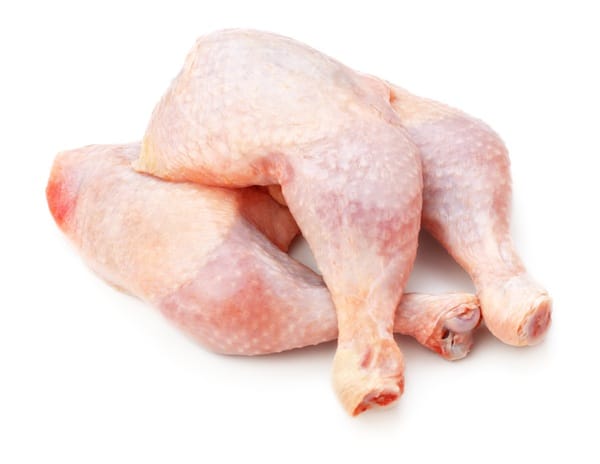
1. Preparing the Chicken:
- Separating the Leg and Thigh:
- Once home, place the chicken leg quarters on a clean cutting board.
- Using a sharp knife, cut through the joint to separate the thigh from the leg.
- Leave the skin on for optimal flavor and moisture retention.

- Trimming and Sizing:
- Trim any excess or loose skin.
- If the thighs are particularly large, you can cut them into two pieces for more even cooking.
- Leaving the skin on will help maintain moisture and allows the marinade to adhere better.
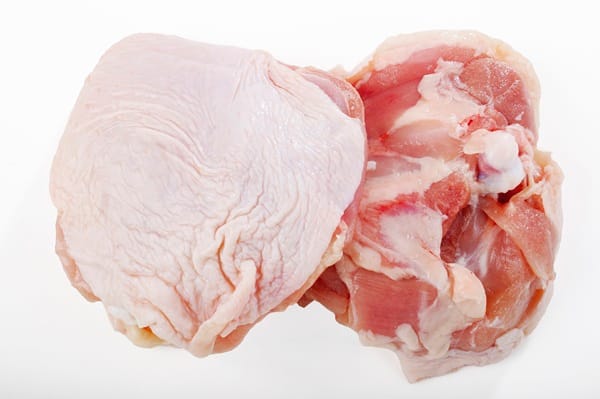
2. Preparing the Marinade:
- Spice Blend:
- In a large mixing bowl, combine the following spices:
- 1 teaspoon turmeric powder (optional, for color and subtle flavor)
- 2 teaspoons cumin powder (optional, for earthy warmth)
- 1 tablespoon coriander powder (optional, for citrusy and nutty notes)
- 1 tablespoon paprika (for color and mild smoky flavor)
- 1 teaspoon black pepper (for a bit of heat)
- 1 teaspoon hot chili powder (optional, adjust to your preferred spice level)
- 1 teaspoon salt (adjust to taste)
- Add 2 tablespoons of minced, chopped, or crushed garlic.
- Add 2 inches of minced, chopped, or crushed ginger.
- Add 2 tablespoons of your preferred cooking oil (canola, olive, or sunflower are good choices).
- Add 2 tablespoons of vinegar (apple cider, rice, or white vinegar).
- In a large mixing bowl, combine the following spices:
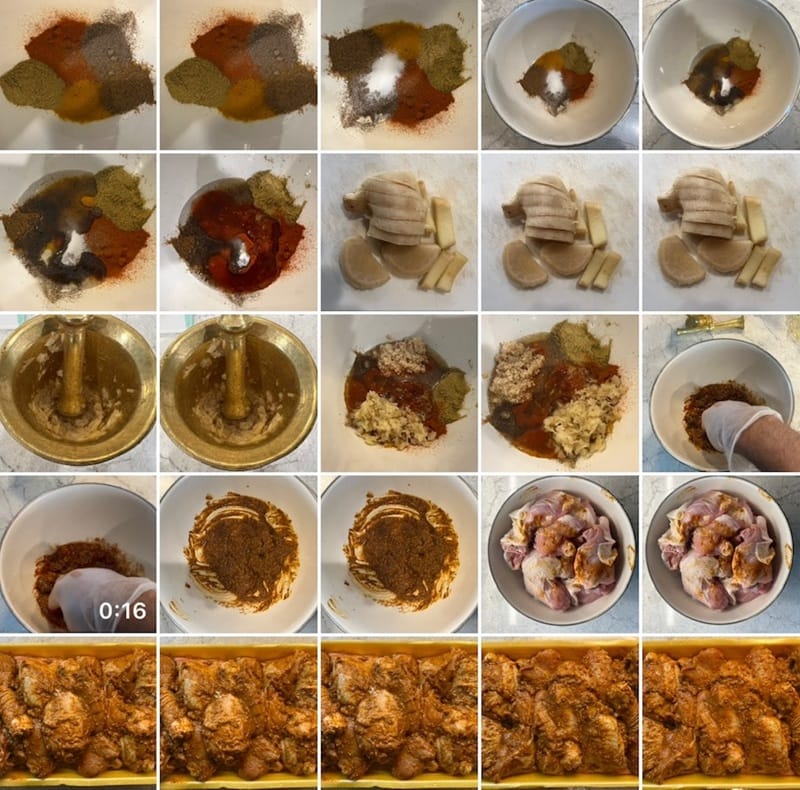
- Mixing and Tasting:
- Wearing food-safe gloves, thoroughly mix the marinade until well combined.
- Taste the marinade before adding the chicken and adjust the salt or other spices as needed.
3. Marinating the Chicken:
- Coating the Chicken:
- Add the prepared chicken pieces to the marinade bowl.
- Mix well, ensuring that all pieces are evenly coated with the marinade.
- Marinating Time:
- For immediate cooking, cover the bowl with plastic wrap and refrigerate for 1 to 2 hours.
- For future use, spread the marinated chicken on a tray and freeze with proper labeling.
4. Cooking Instructions:
- Baking:
- Preheat your oven to 350°F (175°C).
- Place the marinated chicken in a semi-deep baking dish.
- Cover the dish tightly with aluminum foil.
- Bake for 1 hour.
- Check the chicken for doneness. If needed, remove the foil and bake for another 10 to 15 minutes to brown the skin.
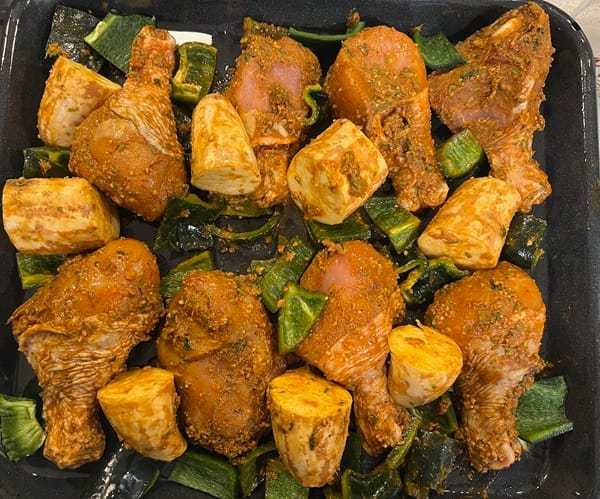
- Grilling:
- The marinated chicken can be grilled over medium heat until cooked through.
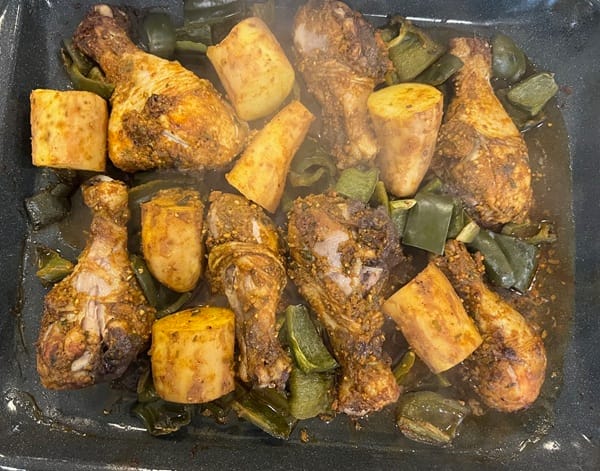
- Broiling (Optional):
- For a golden-brown, grilled finish, broil the baked chicken for 3 to 5 minutes, keeping a close eye to prevent burning.
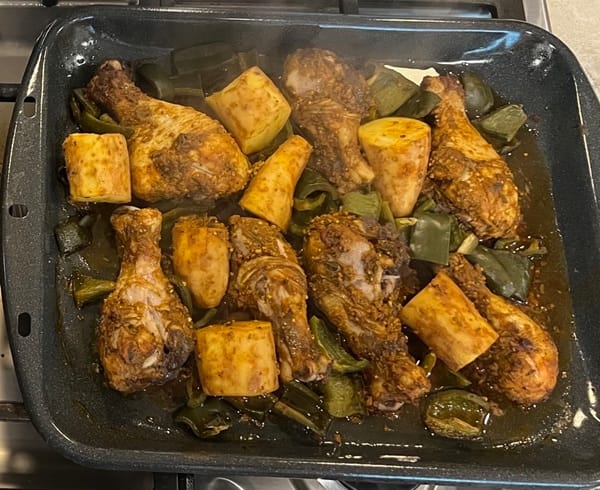
5. Serving:
- Serve the cooked chicken with your favorite sides, such as salad, vegetables, or rice.
Tips:
- Marinating for longer periods (several hours or overnight) will enhance the flavor.
- Adjust the spice levels to your preference.
- Use a meat thermometer to ensure the chicken has reached a safe internal temperature of 165°F (74°C).









